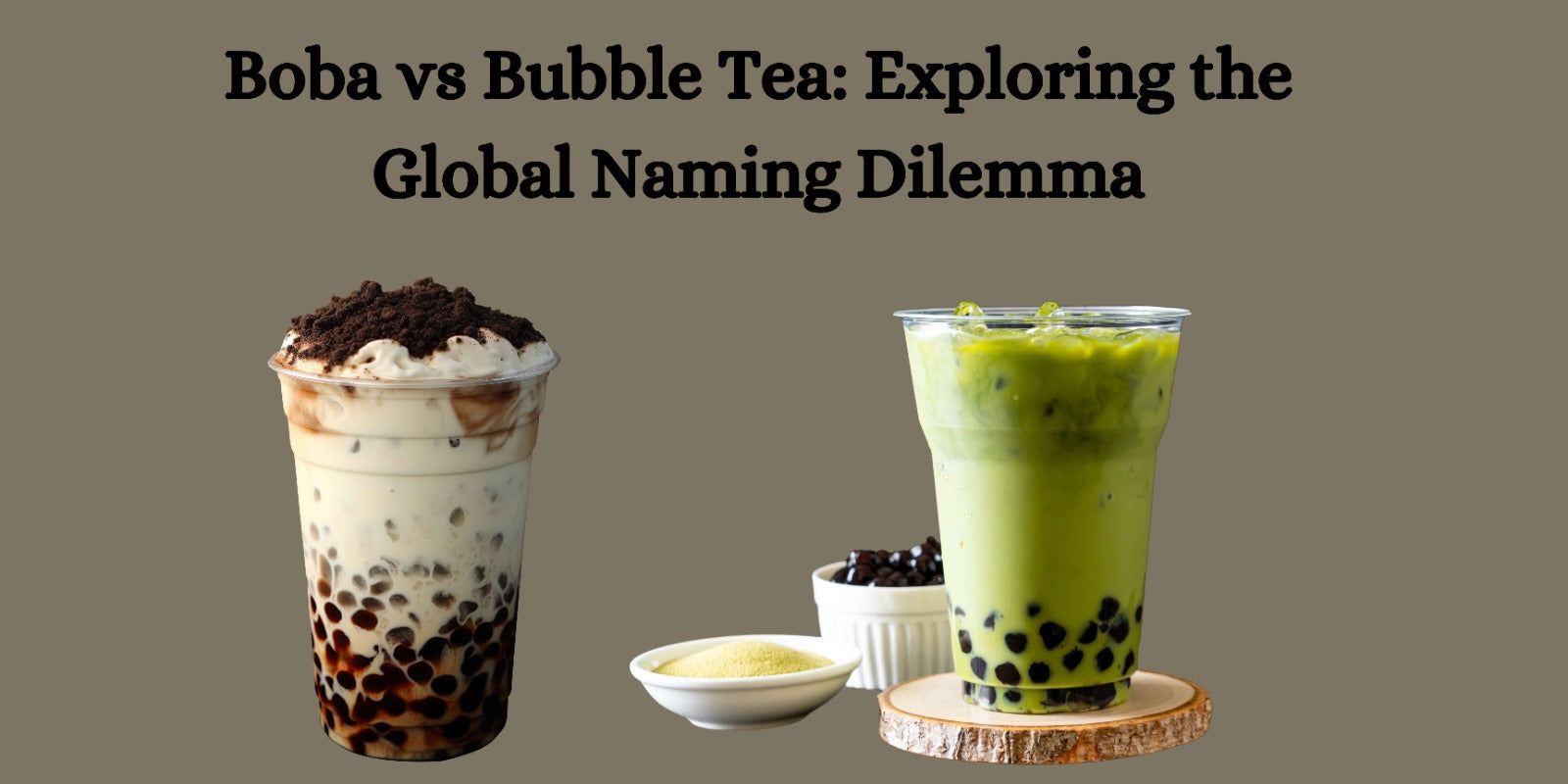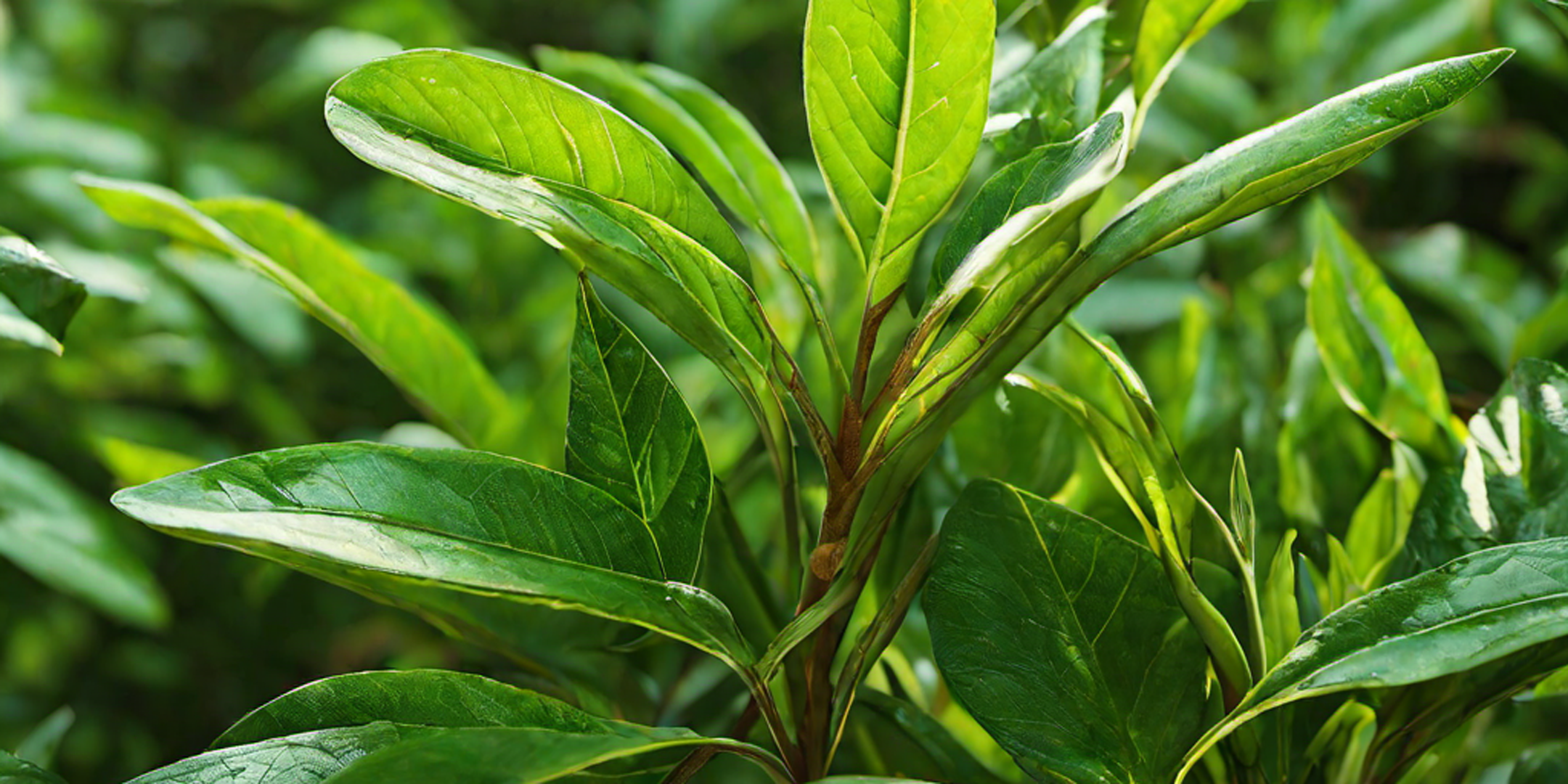Tea, the quintessential beverage enjoyed by millions around the world, has been a subject of debate when it comes to the addition of milk. While some swear by the traditional method of adding milk first, others argue that pouring it after the tea is the "right" way. What does science have to say about this age-old practice, and how does it affect the flavor and health benefits of tea? Let's explore the art and science behind this delightful ritual.
The Tradition and History
Milk-First vs. Tea-First
The debate over whether to add milk first or last in tea dates back to the early 18th century when porcelain cups were at risk of cracking due to the hot tea. Adding milk first was a way to protect the delicate cups. On the other hand, pouring tea over milk evolved as a way to ensure that the milk did not curdle when it came into contact with the hot tea.
Cultural Variances
The practice of adding milk to tea varies across cultures. In the UK, the tradition of adding milk to black tea is deeply rooted in British tea culture, while in Asia, adding milk to tea is less common and is mostly associated with Western-style tea drinking.
The Science Behind the Perfect Cup
The Effect on Flavor
A touch of milk acts like a flavor alchemist! It softens the tea's tannins, leading to a smoother, creamier profile. When milk is added to tea, the proteins in the milk bind to the polyphenols in the tea, reducing the astringency and bitterness of the brew. This results in a smoother and creamier taste, which is preferred by many tea enthusiasts, especially when drinking strong black teas such as Assam or English Breakfast.
Temperature and Protein Denaturation
Milk proteins are temperature sensitive. Adding milk to hot tea can trigger denaturation, a process where the proteins unfold and lose their original structure. This can lead to visible clumps and a less homogenous texture in your cup. This is why pouring milk after the tea can prevent the denaturation of proteins and result in a more consistent and visually appealing cup of tea.
Health Benefits
The addition of milk to tea not only affects the flavor but also the health benefits of the beverage. While tea is known for its antioxidant properties, the addition of milk can impact the bioavailability of these antioxidants. Studies have shown that the casein proteins in milk can bind to the catechins in tea, reducing their antioxidant activity. However, the extent of this reduction varies based on factors such as the type of tea, the amount of milk, and the temperature of the tea.
The Perfect Cup: Tips and Recommendations
Tea Type Matters
The type of tea being brewed determines the best method for adding milk. For strong, robust black teas, such as Assam and Earl Grey, adding milk after the tea can result in a smoother and more balanced flavor. Green and white teas are known for their delicate flavor profiles, often described as grassy, floral, or vegetal. Additionally, they are linked to potential health benefits, such as improved heart health and increased antioxidant intake.
Temperature and Timing
To achieve the perfect cup of tea with milk, it's essential to pay attention to the temperature and timing. Allowing the tea to cool slightly before adding milk can prevent the denaturation of proteins and ensure a more harmonious blend. Additionally, using warm milk instead of cold milk can further enhance the integration of milk into the tea, creating a velvety texture and balanced flavor.
Conclusion
In the world of tea, the addition of milk is not just a matter of personal preference—it is a delicate balance of tradition, flavor, and science. Whether you prefer to add milk first or last, understanding the art and science behind this practice can elevate your tea-drinking experience. From the cultural nuances to the chemical reactions that occur, the addition of milk to tea is a fascinating journey that adds depth and richness to this beloved beverage.
As you savor your next cup of tea, take a moment to appreciate the centuries-old tradition and the scientific intricacies that come together to create the perfect cup—just the way you like it.




